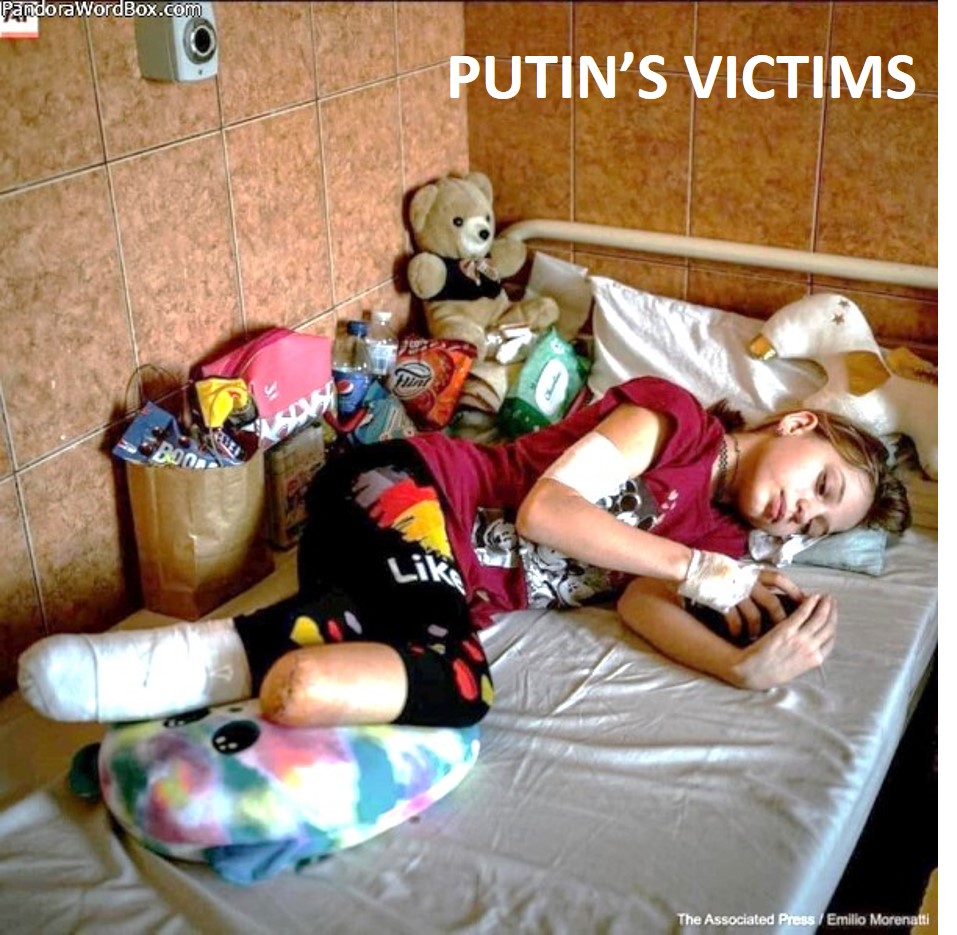| ... small, receding chin (micrognathia) ... cleft palate ... tongue that tends to fall backward ... (glossoptosis) ... major concern is the airway obstructioncaused by the tongue ... feeding problems as well as breathing difficulties ... chin grows more rapidly after the first year of birth ... In some cases, a tube will need to be inserted through the nose down to the trachea ... to preserve breathing capabilities; a tracheostomy ... might also be required ... take special care when feeding the child in order to prevent choking and/or aspiration of the food ... placed face-down when sleeping to prevent airway obstruction by tongue. |
Information about Pierre Robin Sequence/Complex
Cleft Palate Foundation Publications, 1997
 [Support Group] [Support Group]
… Pierre Robin Sequence or Complex (pronounced "Roban") is the name given to a birth condition that involves the lower jaw being either small in size (micrognathia) or set back from the upper jaw (retrognathia). As a result, the tongue tends to be displaced back towards the throat, where it can fall back and obstruct the airway (glossoptosis). Most infants, but not all, will also have a cleft palate, but none will have a cleft lip … Frequency estimates range from 1 in 2,000 to 30,000 births, based on how strictly the condition is defined. In contrast, cleft lip and/or palate occurs once in every 700 live births … Parents who have had one child with isolated Robin Sequence probably have between a 1 and 5% chance of having another child with this condition. There have not yet been enough large-scale studies to make more accurate predictions ...
Pierre Robin Network
 [Support Group] [Support Group]
This page will give you a basic understanding of the causes of PRS. Many times, either one or both parents feel guilty about their child's health problems … Lower jaw grows quite rapidly at about 8-10 weeks gestation. This will allow the tongue to come down from the area between the sides of the palate. In a child without PRS, the tongue would come down and allow the palate to close fully. In a child with PRS, the tongue can't come down all the way and therefore the palate can not close. Since the jaw is so small, the tongue will be positioned at the back of the mouth and it might be referred to as a displaced tongue or as "balled up" in the back of the mouth. The cleft palate is typically a wide horseshoe shape and may affect the hard and soft palate … PRS is not common. If your child has PRS without any associated syndromes, then your chances of having another child with PRS would be minimal ...
Pierre Robin Syndrome and Oligodactyly
Victor A. McKusick, OMIM, Johns Hopkins University, January 14, 1995
 [for Professionals mainly] [for Professionals mainly]
… Robin Sequence and Oligodactyly … Robinow et al. (1986) observed the Robin sequence (micrognathia, retroglossia, and U-shaped posterior cleft palate) in association with oligodactyly in a mother and son ...
Pierre Robin Syndrome
Victor A. McKusick, OMIM, Johns Hopkins University, March 18, 2005
 [for Professionals mainly] [for Professionals mainly]
Glossoptosis, Micrognathia, and Cleft Palate Pierre Robin Sequence … Affected brothers were reported by Smith and Stowe (1961) … It is possible that these brothers had either the Wagner syndrome or the Stickler syndrome … Stickler syndrome should come to mind first in cases of the Pierre Robin syndrome, especially familial cases ...
Pierre Robin Syndrome
U.S. National Library of Medicine, November 21, 2005
Ocean State Online … Alternative names: Pierre Robin's sequence … Symptoms: very small jaw with marked receding chin; tongue appears large, far back in the oropharynx; high arched palate; cleft palate; choking on tongue; natal teeth ...
A Parents' Guide
Wide Smiles Inc., December 29, 2006
Pierre Robin Sequence ... Widesmiles ...
Pierre Robin Syndrome
Ted L Tewfik, MD, FRCSC ,
WebMD, May 19, 2006
Pierre Robin Sequentie
drs. Elsbeth van Vliet-Lachotzki, Erfelijkheid, 2006
 [Dutch] [Dutch]
Pierre Robin Sequence
I.B.I.S.
Birth Defects, October 19, 2002
 [Ukrainian] [Ukrainian]
A fact sheet in Ukrainian for specialists ... Main diagnostic criteria ... Associated syndromes ... Etiology and pathogenesis ... Treatment and care ... Prognosis ... OMIM number ...
________________________________________________________________________________________________
Last Updated: 2007/08/21
________________________________________________________________________________________________
|









